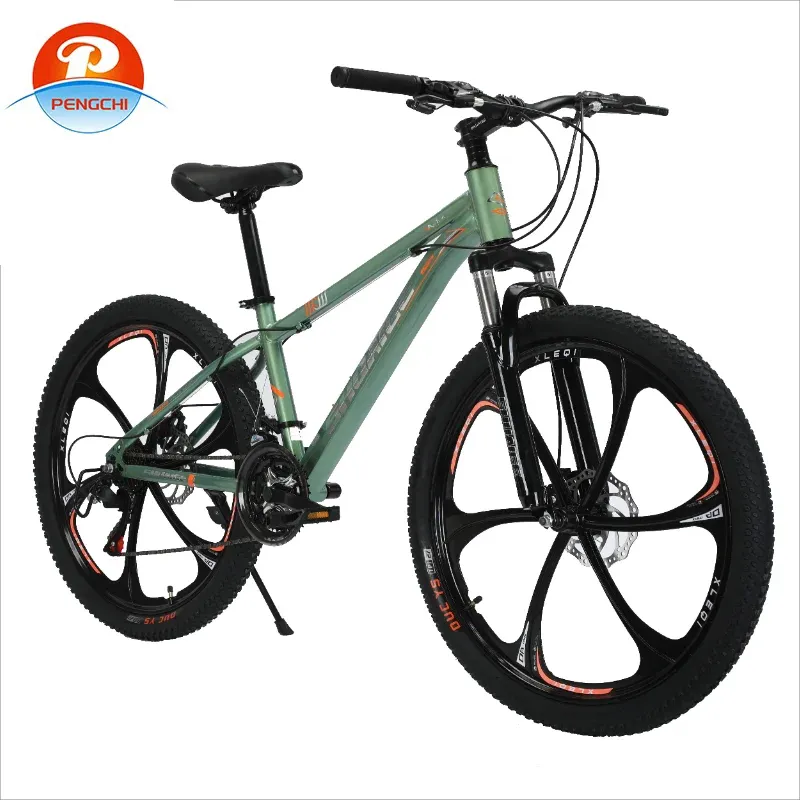
-
 Afrikaans
Afrikaans -
 Arabic
Arabic -
 Belarusian
Belarusian -
 Bengali
Bengali -
 Bulgarian
Bulgarian -
 Croatian
Croatian -
 Czech
Czech -
 Danish
Danish -
 Dutch
Dutch -
 English
English -
 Finnish
Finnish -
 French
French -
 German
German -
 Greek
Greek -
 hawaiian
hawaiian -
 Hebrew
Hebrew -
 Hindi
Hindi -
 Hungarian
Hungarian -
 Indonesian
Indonesian -
 irish
irish -
 Italian
Italian -
 Japanese
Japanese -
 Javanese
Javanese -
 kazakh
kazakh -
 Khmer
Khmer -
 Korean
Korean -
 Kyrgyz
Kyrgyz -
 Lao
Lao -
 Latin
Latin -
 Luxembourgish
Luxembourgish -
 Malay
Malay -
 Myanmar
Myanmar -
 Norwegian
Norwegian -
 Persian
Persian -
 Polish
Polish -
 Portuguese
Portuguese -
 Romanian
Romanian -
 Russian
Russian -
 Serbian
Serbian -
 Slovak
Slovak -
 Somali
Somali -
 Spanish
Spanish -
 Swedish
Swedish -
 Tagalog
Tagalog -
 Thai
Thai -
 Turkish
Turkish -
 Turkmen
Turkmen -
 Ukrainian
Ukrainian -
 Uighur
Uighur -
 Vietnamese
Vietnamese
Déc . 05, 2024 16:53 Back to list
Guide to Choosing the Right Bicycle Size for Optimal Comfort and Performance
How to Pick the Correct Size Bike
Choosing the right size bike is crucial for ensuring comfort, safety, and performance while riding. Whether you are new to cycling or looking to upgrade your current bike, understanding how to find the perfect fit can enhance your overall experience. Here’s a guide on how to pick the correct size bike, tailored to different types of bicycles.
1. Understand Bike Types
Before selecting a size, it’s essential to determine what type of bike you need. Different types of bikes—such as road bikes, mountain bikes, hybrid bikes, and cruisers—come in varying geometries and sizes. Road bikes are typically designed for speed and efficiency, while mountain bikes focus on stability and control on rugged terrain. Knowing your intended use will help narrow down your choices.
2. Use a Size Chart
Most bike manufacturers provide size charts based on frame measurements. These charts often include height ranges for each size (small, medium, large, etc.) and can also provide specific measurements like inseam length or overall reach. For example, a common size chart for road bikes may suggest that a rider who is between 5'5 to 5'10 chooses a medium frame (54-56 cm).
Your inseam measurement is key to finding the right bike size. To measure, stand barefoot with your feet shoulder-width apart and have someone measure from the floor to your crotch. Once you have your inseam length, you can use this measurement to determine your frame size. For example, multiply your inseam measurement (in centimeters) by 0.66 for a rough estimate of the frame size needed for a road bike.
4. Test Ride
how to pick the correct size bike

Nothing beats the experience of a test ride. Visiting a local bike shop can provide you the opportunity to ride different sizes. Pay attention to how the bike feels when you’re seated. Your feet should be able to touch the ground comfortably while straddling the top tube. When you’re on the saddle, your legs should extend almost fully at the bottom of the pedal stroke, but not completely locked.
5. Adjusting the Bike
Once you have found a bike that fits well, check the adjustability of the components. Many bikes come with adjustable seats and handlebars, which can help tweak the fit to your preference. A properly adjusted bike will make a significant difference in your riding comfort and efficiency.
6. Consider Body Proportions
Remember that not all riders have the same body proportions. Two riders of the same height may require different bike sizes due to variations in leg and torso lengths. If you have a longer torso and shorter legs, you might prefer a slightly larger frame with a shorter stem. Conversely, if you have longer legs and a shorter torso, a smaller frame might be more suitable.
7. Consult with Experts
If you're still uncertain, consulting with a bike fit specialist is a wise choice. These experts use advanced techniques to analyze your riding position and can make personalized recommendations based on your body measurements and riding style.
Conclusion
Picking the correct size bike is a fundamental step toward a pleasurable cycling experience. By understanding bike types, using size charts, measuring your inseam, test riding different bikes, adjusting components, considering body proportions, and seeking expert advice, you'll be well-equipped to find a bike that fits you perfectly. A properly sized bike not only enhances comfort but also improves performance, making every ride enjoyable. Happy cycling!
-
Premium Titanium Road Bike: Lightweight & Durable
NewsAug.01,2025
-
Red Black BMX Bike with GPT-4-Turbo AI Tech
NewsJul.31,2025
-
New Red Anti-theft E-Bike | Easy Ride City Commuter
NewsJul.31,2025
-
BMX 20 Inch Bikes for Freestyle & Street | Fat Tire Options Available
NewsJul.30,2025
-
322 High Quality 26 Inch 21 Speed Adult Mountain Bike OEM MTB
NewsJul.29,2025
-
Specialized Kids Mountain Bikes - Safe, Durable & Fun Riding Experience
NewsJul.29,2025

